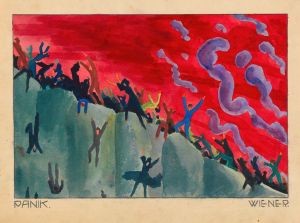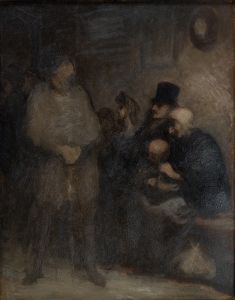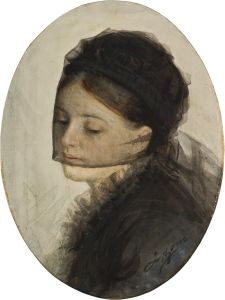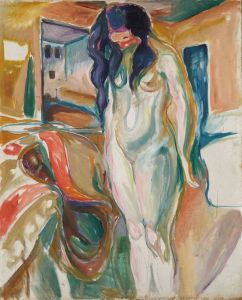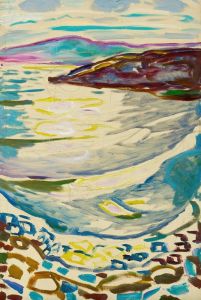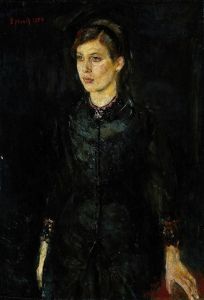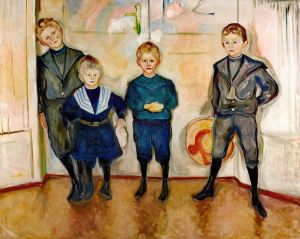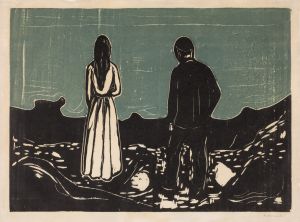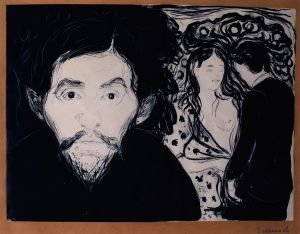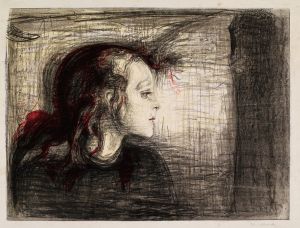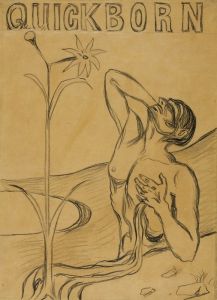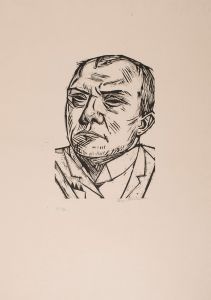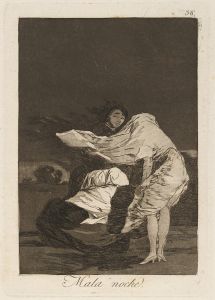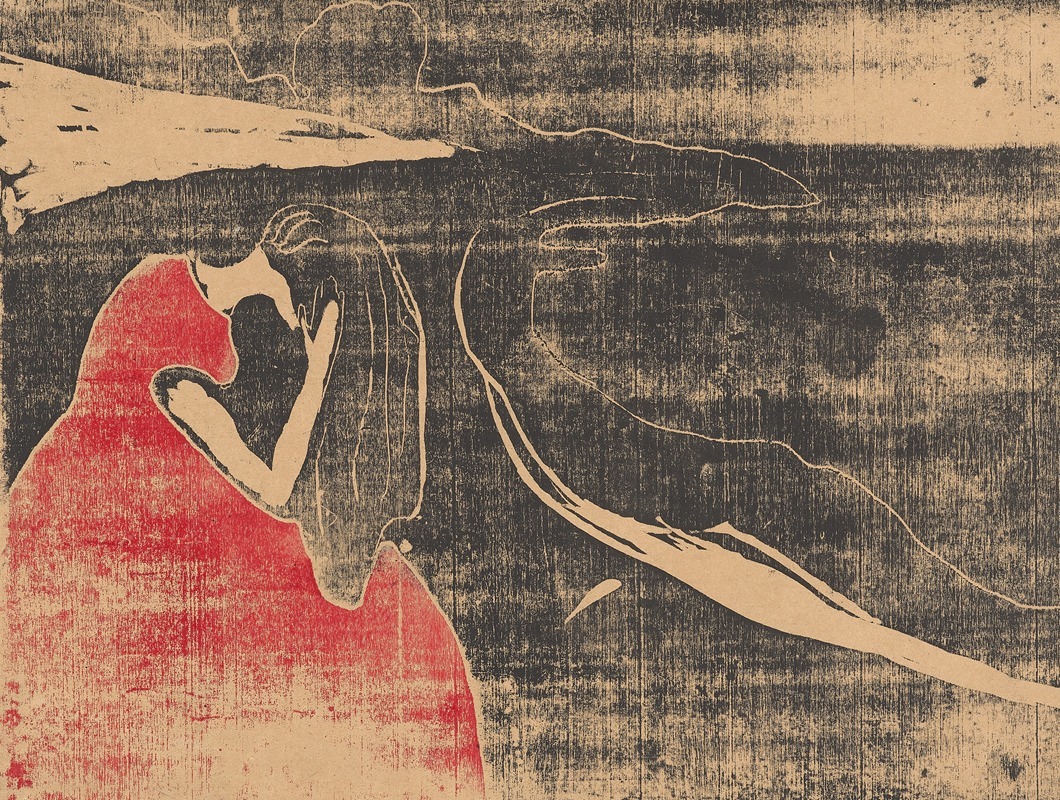
Melankoli II
A hand-painted replica of Edvard Munch’s masterpiece Melankoli II, meticulously crafted by professional artists to capture the true essence of the original. Each piece is created with museum-quality canvas and rare mineral pigments, carefully painted by experienced artists with delicate brushstrokes and rich, layered colors to perfectly recreate the texture of the original artwork. Unlike machine-printed reproductions, this hand-painted version brings the painting to life, infused with the artist’s emotions and skill in every stroke. Whether for personal collection or home decoration, it instantly elevates the artistic atmosphere of any space.
"Melankoli II" (Melancholy II) is a woodcut print created by the renowned Norwegian artist Edvard Munch in 1896. Munch, who is best known for his iconic painting "The Scream," was a pivotal figure in the Symbolist movement and a precursor to Expressionism. His works often explore themes of existential angst, love, and death, reflecting his own turbulent life experiences and psychological struggles.
"Melankoli II" is part of a series of works that Munch created on the theme of melancholy, a subject that deeply resonated with him. The woodcut depicts a solitary figure seated by the shore, gazing out over the water. The figure's posture and the dark, swirling lines of the print convey a profound sense of introspection and emotional turmoil. The use of the woodcut medium, with its stark contrasts and bold lines, enhances the dramatic and somber mood of the piece.
The setting of "Melankoli II" is believed to be inspired by the coastal landscapes of Åsgårdstrand, a small town in Norway where Munch spent many summers. Åsgårdstrand was a significant place for Munch, providing both inspiration and solace. The town's serene yet melancholic atmosphere is captured in many of his works, including this one.
Munch's technique in "Melankoli II" showcases his innovative approach to printmaking. He often experimented with different materials and methods to achieve the desired emotional effect. In this woodcut, Munch used a combination of carving and inking techniques to create a rich texture and depth. The print is characterized by its fluid lines and the interplay of light and shadow, which contribute to the overall sense of melancholy.
"Melankoli II" is part of a larger body of work that Munch referred to as the "Frieze of Life," a series of paintings, prints, and drawings that explore the human condition. This series includes some of his most famous works, such as "The Scream," "The Madonna," and "The Dance of Life." Each piece in the "Frieze of Life" series delves into different aspects of human emotion and experience, with "Melankoli II" focusing on the theme of sorrow and introspection.
The woodcut has been widely exhibited and is held in several prominent collections around the world. It is considered a significant example of Munch's contribution to the development of modern art, particularly in the realm of printmaking. Munch's ability to convey deep psychological states through his art has had a lasting impact on subsequent generations of artists.
In summary, "Melankoli II" by Edvard Munch is a powerful woodcut print that exemplifies the artist's exploration of melancholy and emotional depth. Through his innovative techniques and evocative imagery, Munch captures the essence of human introspection and existential angst, making "Melankoli II" a poignant and enduring work of art.





